Scientific Name : Eurycoma Longifolia Jack
Malaysian Name : Tonqkat Ali (Ali's walking stick), Pasak Bumi in Indonesia
Vietnamese Name : Cay Ba Binh
(The plant which cures a hundred diseases)
Tongkat Ali is a tree let, growing up to a height of 10 m. The leaves
are odd-pinnate and compound in nature and can grow to a length of 1 m
long. The leaflets are arranged in almost opposite pairs. They
are dark green in color, oblong-lanceolate in shape, entire with a mucronate
apices and oblique base. The leaflets are sessile. The compound
leaf is with a petiole that is dark brown in color and measures about 20
-25 cm in length. Leaves are usually crowded at the tip of the branch.
There is minimal branching in Tongkat Ali; mostly are without branches
and a few with one or two branches. The tip of the main stem is often orange
in color. Flowers are arranged densely on branched panicles, which arise
from leaf axils. The panicles are about 60-70 cm in length and hairy.
The calyx is green in color and the lobes ovate in shape. There are
5 corolla lobes, which are ovate-lanceolate in shape and red in color.
Plant parts used - Roots
Eurycoma longifolia, commonly known as Tongkat Ali, has been extensively researched for a variety of medicinal uses. The slender, red-stemmed shrub is found widely in the forest. Often growing as a single-stemmed plant without any branches the Tongkat Ali can reach up to 15 feet in height. The roots of the Tongkat Ali, when mixed with the oil of Buah Keras (a local spice), and raw rice, serve as an ointment to ease abdominal pain and fever. Of ten the roots are boiled and administered as a tonic to women after childbirth. The leaves are used to treat cuts and head wounds and when pound into a paste, can relieve headaches. Even the bark of Tongkat Ali root can be brewed and consumed like tea to bring down high fever. Tongkat Ali is probably best known as an aphrodisiac.
Summary of medicinal uses
As a potent Aphrodisiac (enhances sexual prowess) (Dr H.H.Ang et al)
- Anti-viral (K.L.Chan et al)
- Anti-malarial (Chan et al. 1986 & 1989; Kardono et al, 1991)
- Anti-pyretic activity (K.L.Chan, S.P.Lee & K.H.Yuen )
- Antihistaminic (allergic-reactions) (M.Rajen, 21.6.98)
- Anti-ulcer (Tada et al, 1991)
- Anti-anxiety (Japan Journal of Pharmacology)
- Cytotoxic (anti-cancerous tumour) (Kardono et al, 1991)
- Anti-hypertensive (M.Rajen, 1998 Sunday Star)
- Anti-dysentery (M.Rajen, 1998 Sunday Star)
- Increases the efficiency of the healing system (M.Rajen, 1998)
- Improves physical and mental performances (M.Rajen, 1998)
- Enhances energy level. (M.Rajen, 1998 Sunday Star)
- As an adaptogen (reduces fatigue and exhaustion) (M.Rajen, 1998)
- Improves appetite and digestion (M.Rajen, 1998 Sunday Star)
- Tones skin and muscles (M.Rajen, 1998 Sunday Star)
- Improves immune system (M.Rajen, 1998 Sunday Star)
As reported in the New Sunday Times on 30.5.99, according to Dr. Johari Mohd Saad of University Malaya, male mice dosed with Eurycoma Longifolia extract became sexually hyperactive and mounted on female mice more frequently. The sperm count and vigour of the sperms both increased compared to mice not given the dose.
Testosterone level decreases steadily with age. The level of testosterone is at its peak at 100% around age 20, and ends at only 20%-50% at age 80. According to recent studies, on the average, testosterone levels drop 2% yearly. In fact many men's testosterone levels languish to below the deficient threshold of 350 ng/ml at age 50 to 60. Normally, 500-1,100 ng/ml of testosterone should be in the blood. (Dr. Suhaimi Muhammad, Institut Teknologi MARA, Pahang Branch)
Photos
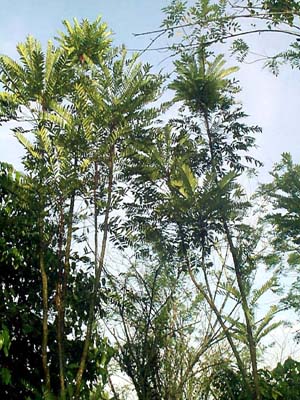
Trees |
 Leaves Leaves |
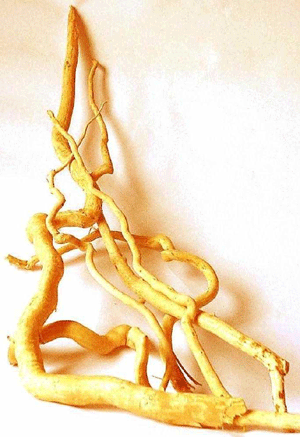
Root |

Fruits |
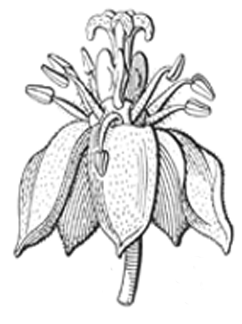
Flower |
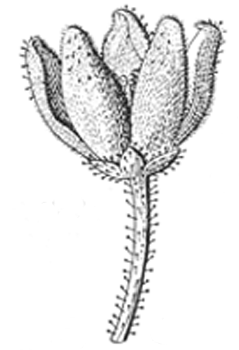
Male Flower |
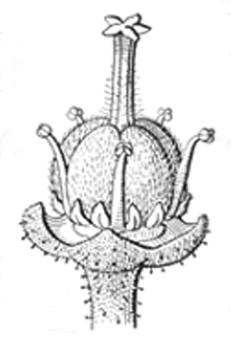
Female Flower |
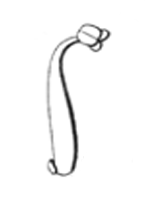
Stamen |
|